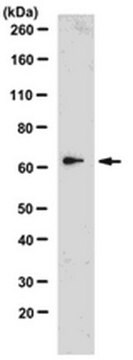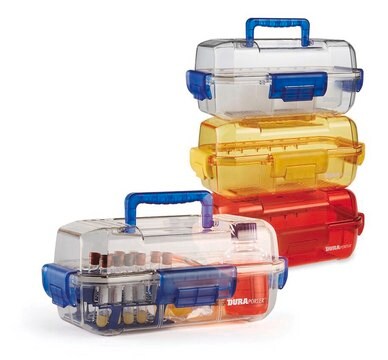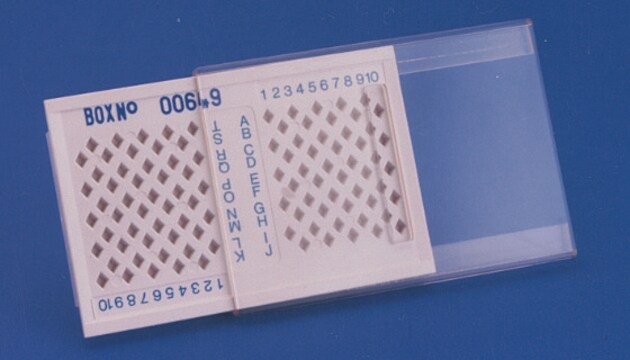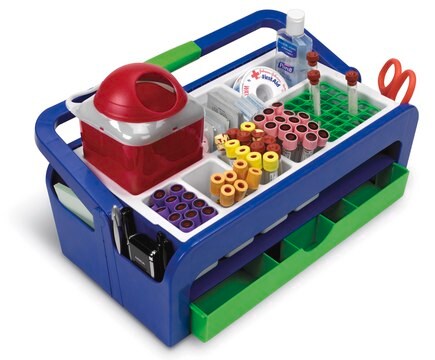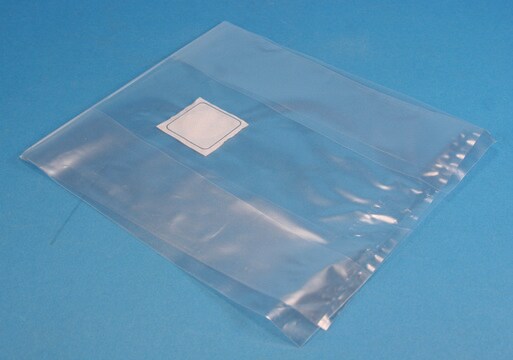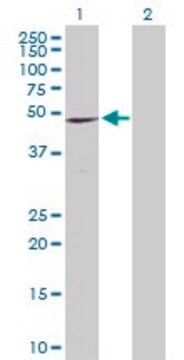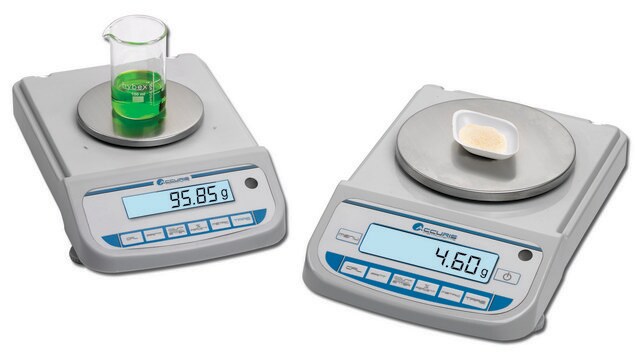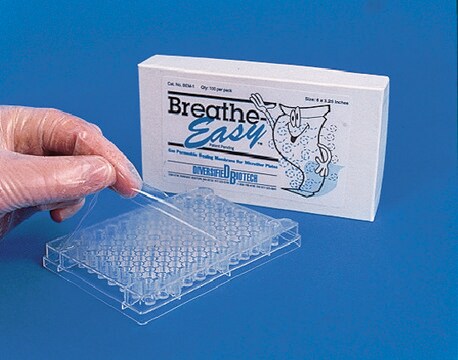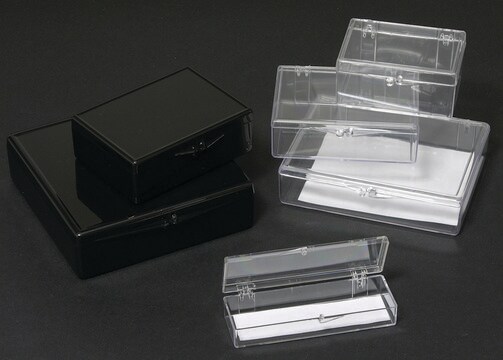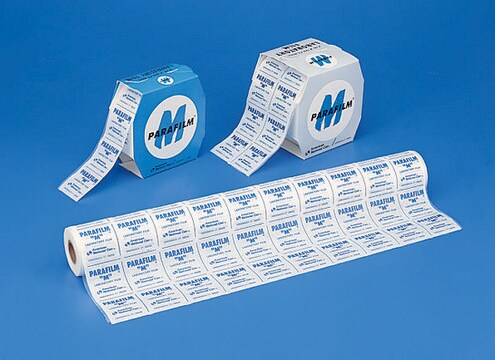MABF2814
Anti-CCR9 Antibody, clone 9B-1
Synonym(e):
C-C CKR-9, C-C chemokine receptor type 9, CC-CKR-9, CCR-9, CDw199, Chemokine C-C receptor 10
About This Item
Empfohlene Produkte
Biologische Quelle
rat
Qualitätsniveau
Antikörperform
purified antibody
Antikörper-Produkttyp
primary antibodies
Klon
9B-1, monoclonal
Mol-Gew.
calculated mol wt 41.91 kDa
Aufgereinigt durch
using protein G
Speziesreaktivität
mouse
Verpackung
antibody small pack of 100 μL
Methode(n)
flow cytometry: suitable
immunohistochemistry: suitable
inhibition assay: suitable
neutralization: suitable
Isotyp
IgG2aκ
Epitopsequenz
N-terminal
Protein-ID-Hinterlegungsnummer
UniProt-Hinterlegungsnummer
Lagertemp.
-10 to -25°C
Angaben zum Gen
mouse ... Ccr9(12769)
Spezifität
Immunogen
Anwendung
Evaluated by Flow Cytometry in L1.2 cells transfected with mouse CCR9.
Flow Cytometry Analysis: A 1:500 dilution of this antibody detected CCR9 in one million L1.2 cells transfected with mouse CCR9.
Tested Applications
Immunohistochemistry Applications: A representative lot detected CCR9 in Immunohistochemistry applications (Rivera-Nieves, J., et al. (2006). Gastroenterology. 131(5):1518-29).
Flow Cytometry Analysis: A representative lot detected CCR9 in Flow Cytometry applications (Rivera-Nieves, J., et al. (2006). Gastroenterology. 131(5):1518-29).
Neutralizing: A representative lot specifically neutralized CCR9 function in L1.2 cells overexpressing CCR9. (Rivera-Nieves, J., et al. (2006). Gastroenterology. 131(5):1518-29).
Inhibition: A representative lot inhibited CCL25-induced calcium mobilization in L1.2-CCR9 cells. (Rivera-Nieves, J., et al. (2006). Gastroenterology. 131(5):1518-29).
Note: Actual optimal working dilutions must be determined by end user as specimens, and experimental conditions may vary with the end user.
Zielbeschreibung
Physikalische Form
Rekonstituierung
Lagerung und Haltbarkeit
Sonstige Hinweise
Haftungsausschluss
Sie haben nicht das passende Produkt gefunden?
Probieren Sie unser Produkt-Auswahlhilfe. aus.
Lagerklassenschlüssel
12 - Non Combustible Liquids
WGK
WGK 2
Flammpunkt (°F)
Not applicable
Flammpunkt (°C)
Not applicable
Analysenzertifikate (COA)
Suchen Sie nach Analysenzertifikate (COA), indem Sie die Lot-/Chargennummer des Produkts eingeben. Lot- und Chargennummern sind auf dem Produktetikett hinter den Wörtern ‘Lot’ oder ‘Batch’ (Lot oder Charge) zu finden.
Besitzen Sie dieses Produkt bereits?
In der Dokumentenbibliothek finden Sie die Dokumentation zu den Produkten, die Sie kürzlich erworben haben.
Unser Team von Wissenschaftlern verfügt über Erfahrung in allen Forschungsbereichen einschließlich Life Science, Materialwissenschaften, chemischer Synthese, Chromatographie, Analytik und vielen mehr..
Setzen Sie sich mit dem technischen Dienst in Verbindung.